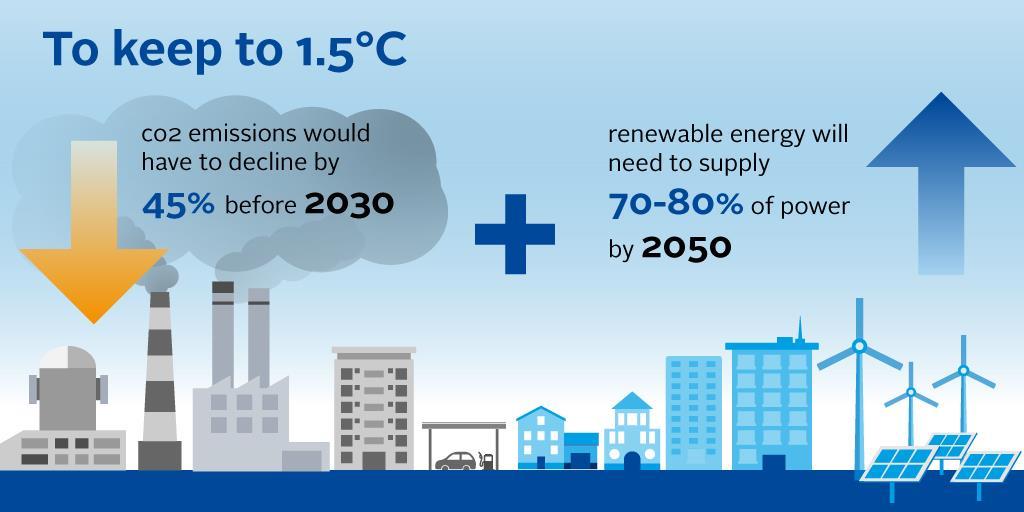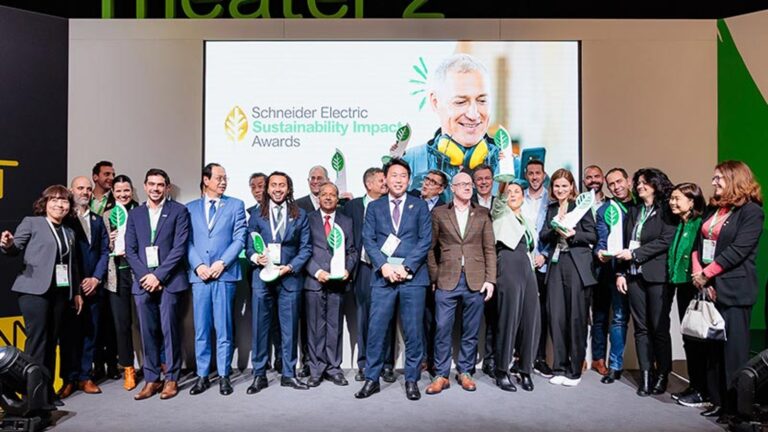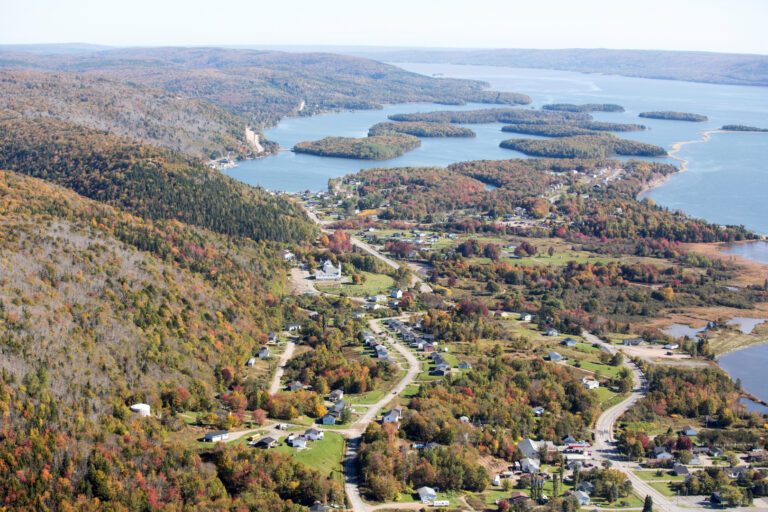Sunday, July 6, 2025
Like many people in Generation Z (born 1997 to 2013), climate change is a big topic in my day-to-day life. It is a matter of discussion with friends online and offline. These discussions often leave a hopeless taste in our mouths and some of us find it difficult to cope with the anxiety we feel or even to imagine a future for ourselves. But this week the Intergovernmental Panel on Climate Change (IPCC) released a report that got me feeling a bit more hopeful and here is why.
“Is there still hope for humanity?” The experts of the IPCC said “yes” in their latest synthesis report published on Monday after a week-long session in Interlaken, in Switzerland. This answer was more than enough to shut up my inner nagging voice that has been bothering me for a while now. And I’m not alone. On Tuesday, my Instagram was flooding with stories of other fellow Gen Z talking about that report. People in my generation have been taking a lot of actions to live in a more sustainable society: some people becoming the faces of a movement and others working on a smaller or individual scale.
But, here and there, we feel discouraged by the amount of work and the little support we receive from older generations. The synthesis report explains that we are heading toward IPCC’s 1.5 Celsius threshold of warming, but that there is still hope.

Image credit: IPCC and Principles for Responsible Investment.
Right now, the experts consider that the planet has warmed between 1.1 C and 1.3 C. And the UN Secretary-General António Guterres said “it has become increasingly clear that, on our current path, we will reach that 1.5 degree limit sometime in the 2030s”.
However, according to the members of the IPCC, even if we do hit 1.5 C of warming, it doesn’t mean that we will necessarily stay there. The synthesis acknowledges that the “growing public and political awareness of climate impacts and risks has resulted in at least 170 countries and many cities to include adaptation in their climate policies.” It also highlights the fact that effective low-cost solutions are out there already and change is feasible. But “there is a rapidly closing window of opportunity to secure a liveable and sustainable future for all” and that is why action is necessary now.
In their synthesis, the experts call policymakers to act rapidly and some of the solutions discussed in it include, for example, the diversification of energy sources via wind, solar and small scale hydropower and improvements in storage and energy efficiency.
In terms of transportation, the experts say that electric vehicles powered by electricity with low-greenhouse gas emissions have large potential to reduce emissions. In addition, “advances in battery technologies could facilitate the electrification of heavy-duty trucks and compliment conventional electric rail systems”. That being said, the concerns about the environmental footprint of battery production should be addressed by diversifying the materials and improving their efficiency, according to the experts.
The experts also hasten policymakers to support public transportation and active mobility like walking and cycling and to reduce and change the energy and material consumption in cities. Adding that “urban transitions that offer benefits for human health and well-being and reduce the vulnerability of low-income communities are fostered by inclusive long-term planning that takes an integrated approach to physical, natural and social infrastructure”.
In terms of agriculture, forestry, and other land use most regions could do better, as stated in the report. Some options offered by the experts include agroforestry, community-based adaptation, farm and landscape diversification and urban agriculture. They also explain that “rebuilding overexploited or depleted fisheries can reduce negative climate change impacts on fisheries and support food security, biodiversity and human health and well-being”. In the long term, the conservation, protection and restoration of the ocean ecosystems could reduce coastal erosion and flooding and could increase carbon uptake and storage.
There is so much to unpack and I’m still processing all the data, but it was hopeful to see more of a roadmap for policymakers than we’ve seen in previous reports. What this synthesis report shows is that effective climate action is possible if leaders have clear goals and coordinate multiple policy domains. If equity, climate justice, social justice, inclusion and just transition processes are prioritized, then we can — and must — do it!

Andreia Portinha Saraiva is a freelance journalist from Switzerland currently spending time in Canada. EJ’s NextGen Perspectives column helps provide an inclusive look at the various voices involved in the environment industry.
Featured image by Katie Rodriguez on Unsplash











